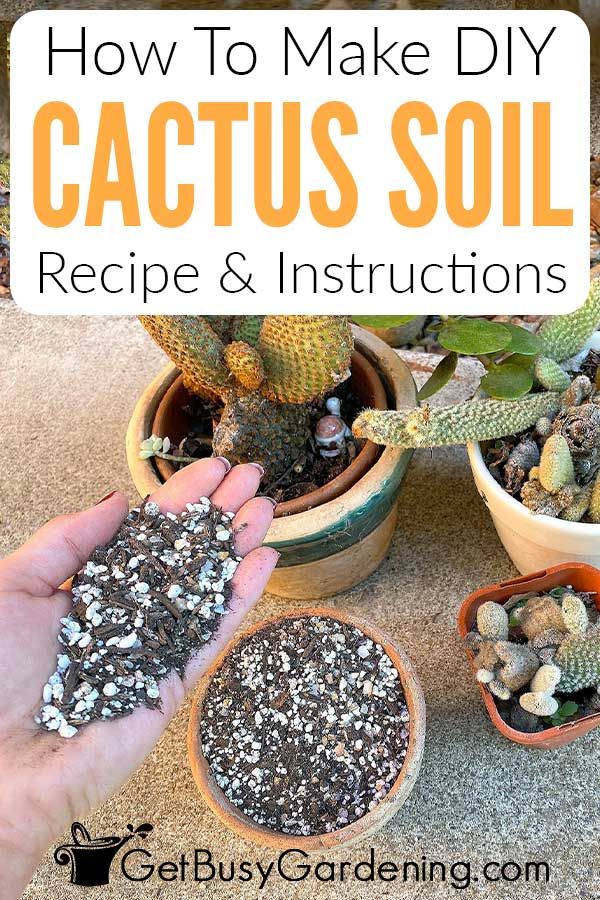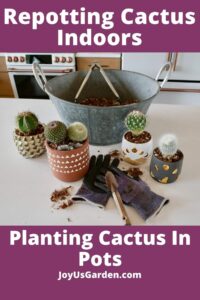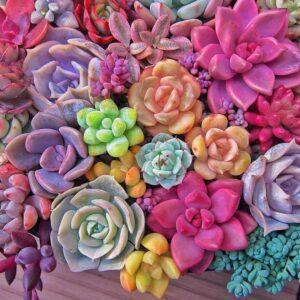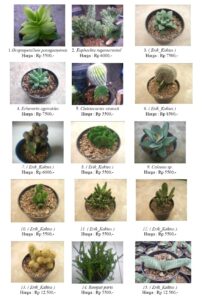Cacti and succulents, renowned for their resilience and minimalistic care requirements, have captured the hearts and windowsills of plant enthusiasts worldwide. However, the secret to cultivating these arid marvels goes beyond mere watering schedules and sunlight exposure. At the core of their thriving existence lies an often-overlooked component: the potting mix. Providing the right soil not only supports growth but also mimics their natural habitats, ensuring they flourish in home environments.
Delving into the realm of potting mixes specifically formulated for cacti and succulents will unlock the potential of these desert denizens. This journey sheds light on the unique characteristics that distinguish an optimal mix, guiding both novice and seasoned plant caretakers toward an enriched understanding of their botanical companions.
Understanding the Uniqueness of Cacti and Succulents
Cacti and succulents are not just any ordinary houseplants; they possess an extraordinary physiology that enables them to thrive in arid climates with infrequent water supply. Their unique adaptations, such as thick stems and fleshy leaves, allow them to store water efficiently. Consequently, this necessitates a potting mix that prioritizes drainage and aeration over moisture retention.
The geological nuances of their native habitats influence the composition of the soil they require. Whether found in the sandy deserts of North America or the rocky terrain of South Africa, the common denominator is well-draining substrates. Such environments have led to a natural selection of cacti and succulents that are intolerant of “wet feet”—prolonged periods of moisture surrounding their roots can lead to rot and eventual demise. Understanding these factors can fundamentally shift how one approaches potting mixes for these plants.
Essential Elements of an Effective Potting Mix
A comprehensive understanding of potting soil components is vital for selecting the ideal potting mix for cacti and succulents. Nutritional balance, moisture retention, and drainage capacity are quintessential factors to consider. Here are key ingredients that ensure optimal growth:
Perlite and Pumice
Both are volcanic materials that contribute crucial aeration properties to the soil texture. Perlite is a lightweight addition that enhances drainage, allowing excess water to escape quickly. Pumice, often larger and more porous, provides a solid structural component that prevents compaction over time. Integrating these elements into your mix encourages robust root systems and staves off root rot, thereby cultivating resilient plants.
Coarse Sand and Grit
Adding coarse sand or grit enhances both drainage and airflow within the mix. Sand replicates the gritty consistency of succulent habitats, preventing the soil from holding too much moisture. This mixture creates an ideal microenvironment within the pot, ensuring adequate breathability for root health while also allowing for some moisture retention when needed. The inclusion of grit can also weigh down the mix, minimizing the likelihood of top-heavy plants tipping over.
Organic Matter
Though cacti and succulents thrive in poor soils, the addition of organic matter cannot be entirely dismissed. Materials such as coconut coir or well-composted bark provide nutrients and improve soil structure. It is essential, however, to balance the organic component’s presence to avoid water retention that can compromise drainage capabilities.
Commercial Potting Mixes: Pros and Cons
The market today offers an array of commercial mixes marketed specifically for cacti and succulents. These premixed formulations often boast the right blend of components to support healthy plant growth. However, a discerning approach is necessary when selecting these products.
Benefits of Commercial Mixes
Accessibility is undoubtedly a major advantage; these mixes are readily available at garden centers and online retailers. They are often formulated by plant specialists, ensuring a balanced ratio that could simplify the initial setup process for new plant owners. Additionally, many mixes are sterilized, reducing the risk of pathogens and pests.
Drawbacks to Consider
Nevertheless, not all commercial mixes are equal. Some fail to provide adequate drainage or contain additives that retain too much moisture. Careful examination of the ingredient list can guide consumers towards high-quality products, or one might opt to create a customized blend tailored to specific plant needs and personal preferences.
Creating Your Own Potting Mix
For those attuned to the nuances of their plants, creating a bespoke potting mix can be a rewarding endeavor. A successful custom blend should consist of the fundamental components previously discussed. A typical formulation might include:
- 3 parts coarse potting soil (preferably a premium blend) to provide essential nutrients
- 2 parts perlite for aeration and drainage
- 1 part pumice for further drainage and stability
- 1 part coarse sand or grit to mimic natural substrate qualities
Careful mixing and testing can yield an innovative solution tailored to specific environments and species preferences. This hands-on approach guarantees an intimate understanding of the components that nurture plant life, empowering caretakers to make informed adjustments as necessary.
Conclusion: The Path to Thriving Cacti and Succulents
In the world of cacti and succulents, the potting mix is the unsung hero—often overshadowed by the more prominent aspects of care like light, temperature, and watering schedules. Yet, a shift in perspective reveals that the right soil is foundational to their flourishing existence. By understanding their unique needs, exploring essential elements, and either selecting or crafting an appropriate potting mix, any enthusiast can create thriving ecosystems for their cherished cacti and succulents. With the right foundation, these plants can thrive, serving as vivid green reminders of resilience and beauty—even in environments that mimic their arid origins.




Leave a Comment